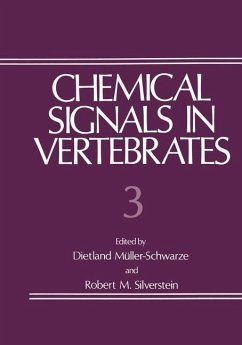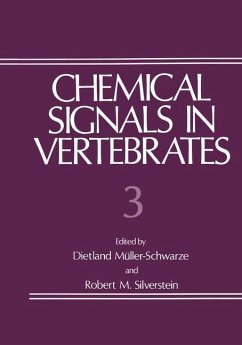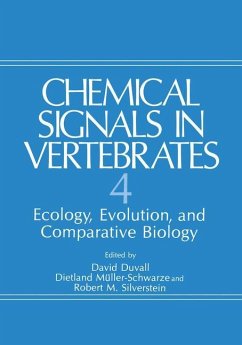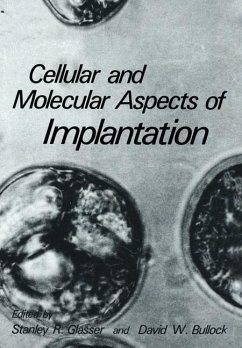
Chemical Signals in Vertebrates 3
Versandkostenfrei!
Versandfertig in 1-2 Wochen
77,99 €
inkl. MwSt.

PAYBACK Punkte
39 °P sammeln!
The first volume in this series appeared in 1977, the second in 1980. From these volumes and the present one, some research trends in chemical communication can be perceived. In the 1977 volume, studies on 13 animal taxa were reported. In the present volume, the number is 25. This taxonomie diversi fication of research since the first volume of this series demon strates the wide variety of ecological adaptions, although no new general principles of chemical communication have ernerged. Further more, divergences in chemical comrnunication below the species level have become more apparent. In ge...
The first volume in this series appeared in 1977, the second in 1980. From these volumes and the present one, some research trends in chemical communication can be perceived. In the 1977 volume, studies on 13 animal taxa were reported. In the present volume, the number is 25. This taxonomie diversi fication of research since the first volume of this series demon strates the wide variety of ecological adaptions, although no new general principles of chemical communication have ernerged. Further more, divergences in chemical comrnunication below the species level have become more apparent. In general, more sophisticated observa tions and techniques have led to greater awareness of the com plexities in chemical communication. As such awareness has also developed in the field of insect chemical communication, there has been a corresponding increase in the identification of the chemical compounds involved. However, in the vertebrates, no such correlation exists; in the present volume,conclusive chemical identifications of semiochemicals are remarkable by their paucity.














